Picture this: you’re diving in crystal-clear waters when suddenly, a group of sharks glides past you in perfect formation. Your heart pounds, but not just from fear—from awe. For decades, we’ve painted sharks as solitary killing machines, but groundbreaking research is completely rewriting this narrative. Scientists are discovering that these apex predators have complex social lives that would make even dolphins jealous. The more we learn about shark behavior, the more we realize we’ve been wrong about these magnificent creatures all along.
The Myth of the Lone Wolf Predator

Hollywood movies and sensationalized media have convinced us that sharks are antisocial loners who prefer hunting alone. This couldn’t be further from the truth. Recent studies show that many shark species actively seek out companionship and form lasting relationships with other individuals.
The stereotype of the solitary predator stems from early marine biology research that focused primarily on feeding behavior. Scientists would observe sharks during feeding frenzies and conclude they were inherently aggressive toward one another. However, modern tracking technology reveals that sharks spend most of their time in social groups, not hunting or fighting.
Revolutionary Tracking Technology Changes Everything

Advanced GPS tracking and underwater cameras have revolutionized our understanding of shark behavior. Marine biologists can now follow individual sharks for months, revealing intricate social patterns that were previously invisible to researchers. These technological breakthroughs have uncovered shocking truths about shark communities.
Acoustic tagging systems allow scientists to monitor shark movements in real-time, creating detailed maps of their social interactions. The data shows that sharks regularly meet at specific locations, almost like underwater social clubs. Some species even travel together across vast ocean distances, maintaining friendships that span thousands of miles.
Great Whites Form Unexpected Friendships

Perhaps the most surprising discovery involves great white sharks, the species most associated with solitary behavior. Research off the coast of California has revealed that these apex predators form genuine friendships that can last for years. Individual sharks have been observed repeatedly seeking out the same companions.
Dr. Michelle Jewell’s team documented great whites named “Deep Blue” and “Haole Girl” who would meet at the same location every winter for five consecutive years. Their interactions weren’t aggressive—they would swim together peacefully, almost as if catching up after a long separation. This behavior completely contradicts everything we thought we knew about these magnificent predators.
Hammerhead Highways and Social Structures

Hammerhead sharks have blown scientists’ minds with their sophisticated social hierarchies. These distinctive-looking predators form massive schools during the day, with hundreds of individuals swimming in perfectly coordinated formations. The social structure resembles a complex neighborhood where everyone knows their place.
Larger, more mature females typically occupy the center of the group, while younger sharks position themselves on the periphery. This isn’t random—it’s a carefully organized social system that provides protection and learning opportunities. Young hammerheads literally learn hunting techniques by watching the experienced adults in action.
The Surprising Intelligence Behind Shark Societies

Scientists are discovering that sharks possess far more intelligence than previously imagined. Their social behaviors require advanced cognitive abilities, including memory, recognition, and decision-making skills. Some species can remember individual relationships for years, suggesting emotional intelligence that rivals many mammals.
Port Jackson sharks in Australia demonstrate remarkable learning abilities within their social groups. They can solve complex puzzles faster when working together, and they actively teach younger sharks how to navigate their environment. This collaborative learning challenges our fundamental assumptions about fish intelligence.
Mating Rituals Reveal Complex Social Bonds

Shark mating behaviors showcase incredibly sophisticated social interactions that extend far beyond simple reproduction. Many species engage in elaborate courtship rituals that involve multiple individuals and can last for weeks. These aren’t just biological functions—they’re complex social events that strengthen community bonds.
Nurse sharks participate in “mating balls” where multiple males compete for a female’s attention through synchronized swimming displays. The process requires extensive communication and cooperation between individuals. Recent observations show that these gatherings also serve as social networking opportunities where sharks establish relationships that extend beyond mating season.
Communication Methods We’re Just Beginning to Understand
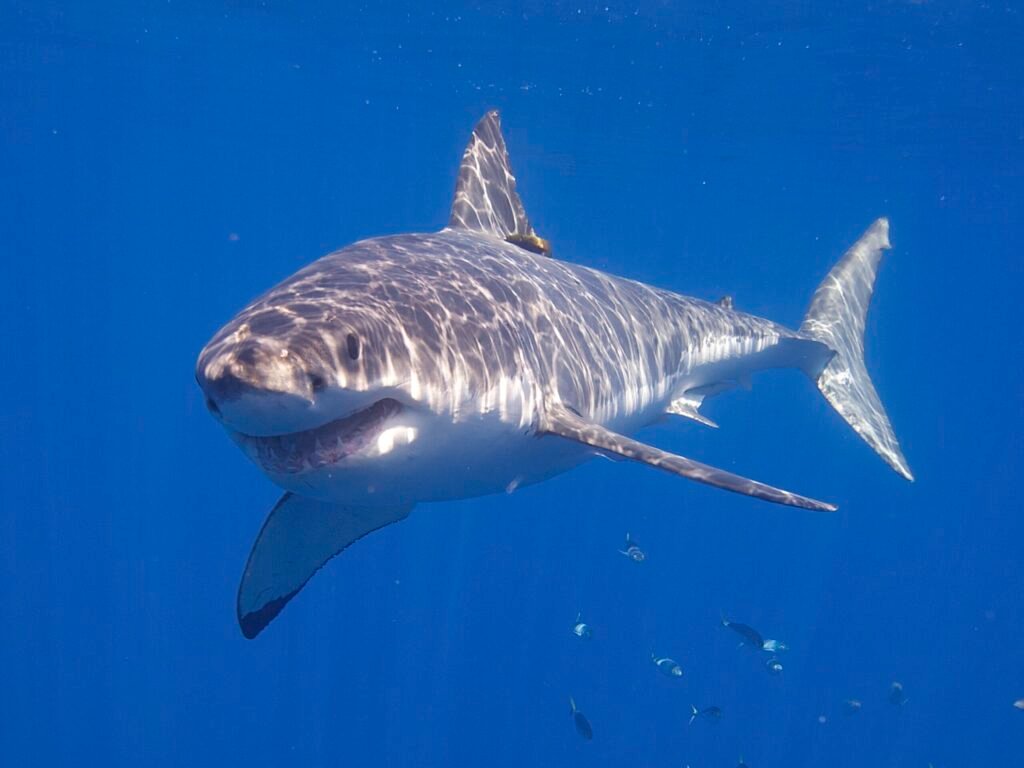
Sharks communicate through a variety of methods that scientists are only beginning to decode. Body language, chemical signals, and even electrical fields play crucial roles in shark social interactions. The complexity of their communication systems suggests rich social lives that we’re just starting to appreciate.
Blacktip reef sharks use specific swimming patterns to signal their intentions to other group members. A quick tail flick might indicate “I’m not interested in conflict,” while a particular head movement could mean “follow me to food.” These subtle communications require sophisticated understanding between individuals and demonstrate advanced social cognition.
Hunting Strategies That Require Teamwork

Contrary to popular belief, many shark species are highly effective team hunters. They coordinate their attacks with precision that would make military strategists envious. This collaborative hunting requires extensive planning, communication, and trust between group members.
Sevengill sharks off the coast of South Africa have been observed working together to hunt seals. They surround their prey in coordinated formations, with each shark playing a specific role in the attack. Some sharks act as “drivers” to herd the prey, while others position themselves as “ambush predators” to deliver the final strike. This level of cooperation requires advanced social intelligence and mutual understanding.
Nursery Groups and Parental Care
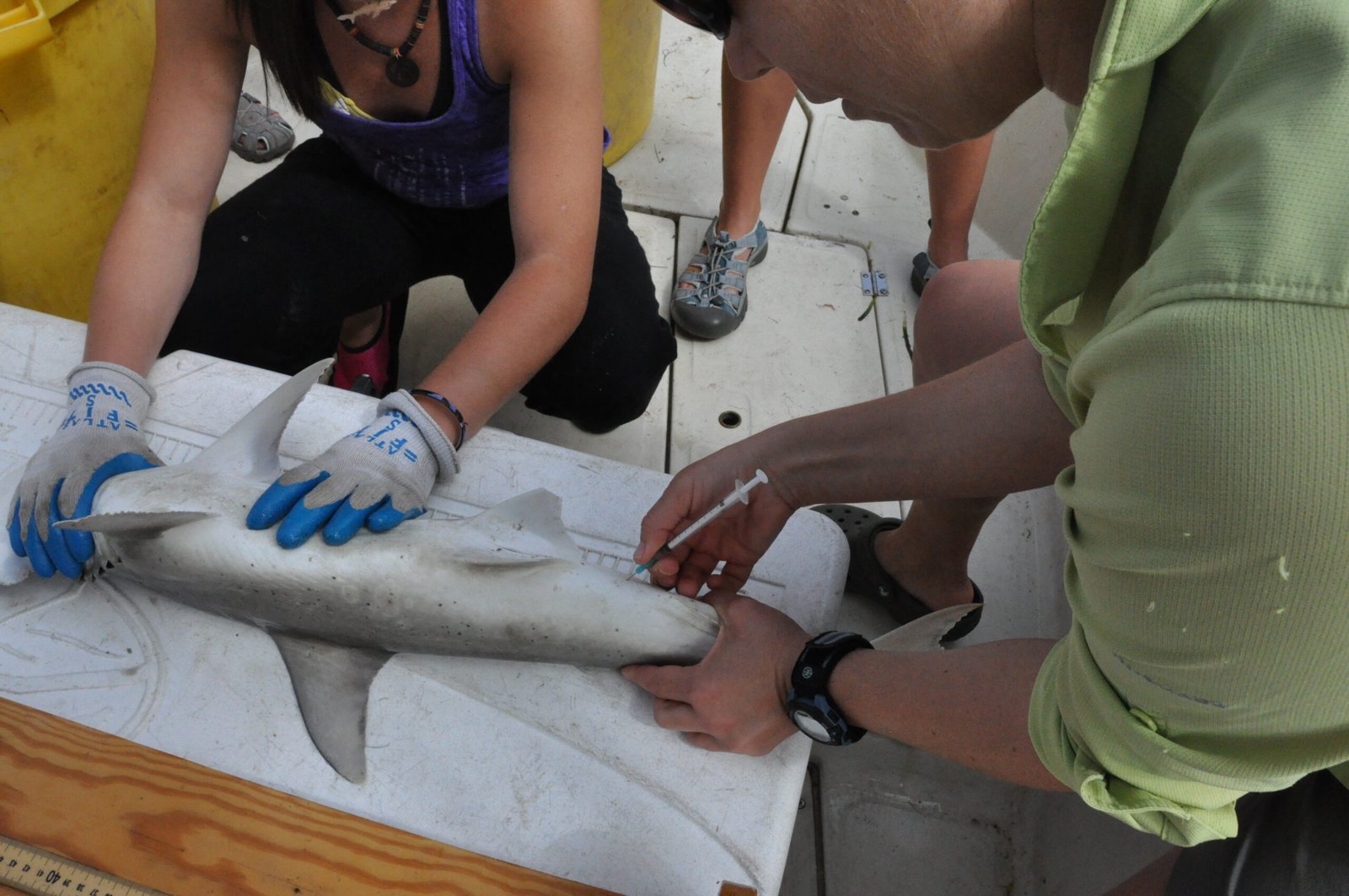
Perhaps the most heartwarming discovery about shark social behavior involves their approach to raising young. Many species form nursery groups where adults collectively protect and guide juvenile sharks. This communal parenting approach ensures higher survival rates and creates strong social bonds that last throughout their lives.
Lemon sharks in the Bahamas demonstrate remarkable parental investment in their offspring. Adult females will guard nursery areas for months, protecting not just their own young but also the babies of other mothers. This cooperative parenting strategy creates multi-generational social networks that span decades.
Seasonal Gathering Spots and Migration Patterns

Sharks maintain complex social calendars that rival any human community. They gather at specific locations during certain times of the year, creating underwater festivals that can involve thousands of individuals. These gatherings serve multiple purposes, from mating opportunities to information exchange about food sources.
The annual aggregation of whale sharks in Mexico’s Yucatan Peninsula represents one of nature’s most spectacular social events. Hundreds of these gentle giants converge to feed on plankton, but they also engage in complex social behaviors that strengthen community bonds. Researchers have documented the same individuals returning to these gatherings year after year, suggesting long-term social memories and relationships.
Learning and Cultural Transmission

Young sharks learn essential survival skills through social interaction with experienced adults. This cultural transmission of knowledge creates traditions that are passed down through generations. Different shark populations have developed unique hunting techniques and social customs that define their communities.
Caribbean reef sharks have been observed teaching their young specific hunting strategies that vary between different locations. Sharks living near coral reefs use different techniques than those in open water, and these skills are learned through careful observation and practice within the social group. This cultural learning demonstrates cognitive abilities that were previously thought to be limited to mammals and birds.
Territory and Neighborhood Dynamics

Shark communities organize themselves into complex territorial systems that require constant negotiation and cooperation. Different species and age groups occupy specific areas within larger territories, creating neighborhood dynamics that prevent conflicts and optimize resource use.
Tiger sharks in Hawaiian waters maintain sophisticated territory agreements that allow multiple individuals to share the same general area without conflict. Larger sharks typically get priority access to prime hunting spots, while smaller individuals wait their turn or find alternative locations. This social organization requires ongoing communication and mutual respect between community members.
Social Hierarchies and Ranking Systems
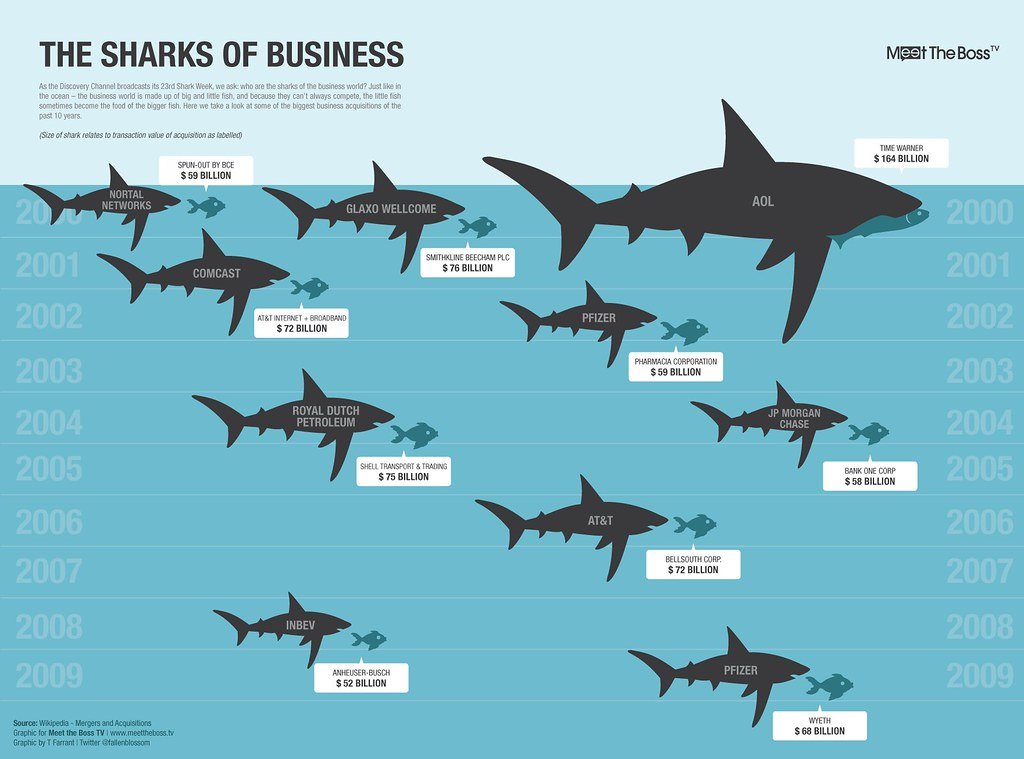
Many shark species establish clear social hierarchies that determine access to food, mates, and prime territory. These ranking systems aren’t based solely on size or strength—they involve complex social factors including age, experience, and individual personality traits.
Grey reef sharks demonstrate particularly intricate hierarchy systems where social status can change based on circumstances. A shark that’s dominant in one situation might defer to another individual in different contexts. This flexible social structure requires advanced social intelligence and the ability to read complex social cues from other group members.
Conflict Resolution and Peaceful Coexistence

Sharks have developed sophisticated methods for resolving conflicts without resorting to violence. Their social groups employ various strategies to maintain harmony, including submission displays, territorial agreements, and even what appears to be mediation by neutral third parties.
When disputes arise over feeding opportunities, many shark species use ritualized displays to establish dominance without physical confrontation. These behaviors help maintain social stability while conserving energy for more important activities like hunting and reproduction. The ability to resolve conflicts peacefully demonstrates emotional intelligence and social maturity.
Cross-Species Social Interactions
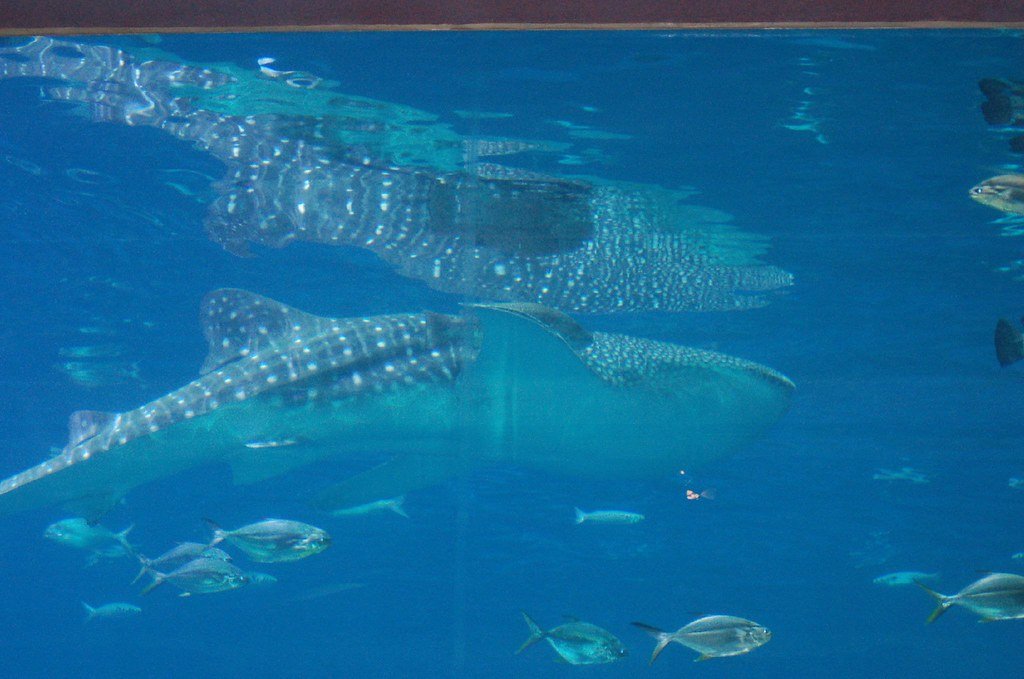
Perhaps the most fascinating aspect of shark social behavior involves their interactions with other marine species. Sharks form unlikely partnerships with fish, rays, and even marine mammals, creating complex multi-species communities that benefit everyone involved.
Whale sharks regularly swim alongside schools of smaller fish that feed on their skin parasites, creating mutually beneficial relationships. These interactions require sophisticated communication between species and demonstrate the sharks’ ability to recognize and maintain relationships with very different types of marine life. Some whale sharks have been observed with the same “cleaning crews” for years, suggesting long-term interspecies friendships.
The Role of Personality in Shark Social Behavior

Individual sharks display distinct personalities that influence their social interactions and position within the group. Some individuals are natural leaders, while others prefer to follow. These personality differences contribute to the complexity and stability of shark social structures.
Researchers have identified “shy” and “bold” personality types among various shark species, and these traits remain consistent throughout their lives. Bold sharks often become group leaders and are more likely to explore new territories, while shy individuals tend to be better at avoiding conflicts and maintaining long-term relationships. This personality diversity strengthens the overall social group by providing different perspectives and skills.
Climate Change and Its Impact on Shark Social Structures

Climate change is disrupting traditional shark social patterns in ways that scientists are only beginning to understand. Rising ocean temperatures and changing current patterns are forcing sharks to adapt their social behaviors and migration routes, creating new challenges for these complex communities.
Some shark populations are forming new social groups as they move to cooler waters, while others are struggling to maintain their traditional gathering spots. These changes highlight the importance of understanding shark social behavior for conservation efforts. Protecting individual sharks isn’t enough—we need to preserve the social structures that allow these communities to thrive.
Future Research and Conservation Implications
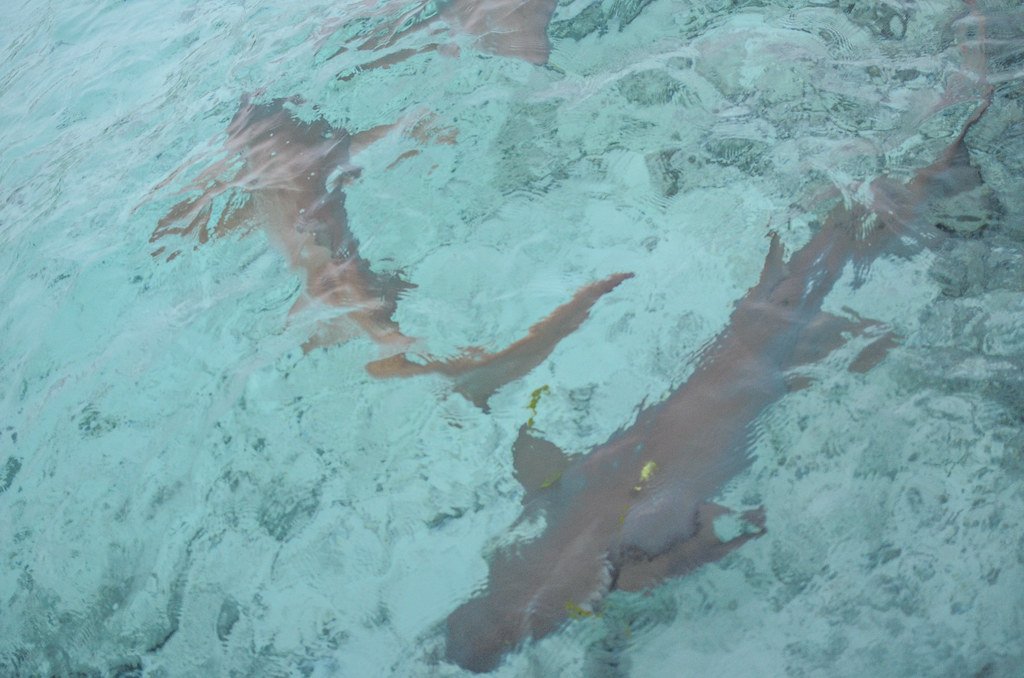
The discovery of complex shark social behavior has revolutionized conservation strategies worldwide. Scientists now understand that protecting shark populations requires preserving not just individual animals but entire social networks and community structures.
Marine protected areas are being redesigned to account for shark social behavior, ensuring that important gathering spots and migration routes remain undisturbed. This new approach recognizes that sharks are not just individual predators but members of sophisticated societies that require specific social conditions to survive and thrive.
Conclusion

The emerging picture of shark social behavior challenges everything we thought we knew about these remarkable predators. From lasting friendships to complex hierarchies, from cooperative hunting to cultural learning, sharks demonstrate social intelligence that rivals the most sophisticated mammals. These discoveries not only change our understanding of marine ecosystems but also highlight the urgent need to protect these social networks from human threats.
As we continue to unravel the mysteries of shark societies, we’re discovering that the ocean’s apex predators are far more like us than we ever imagined. They form friendships, resolve conflicts, learn from each other, and create communities that span generations. The next time you see a shark, remember that you’re looking at a member of one of nature’s most sophisticated social systems.
What other secrets might these ancient predators still be hiding in the depths of our oceans?



